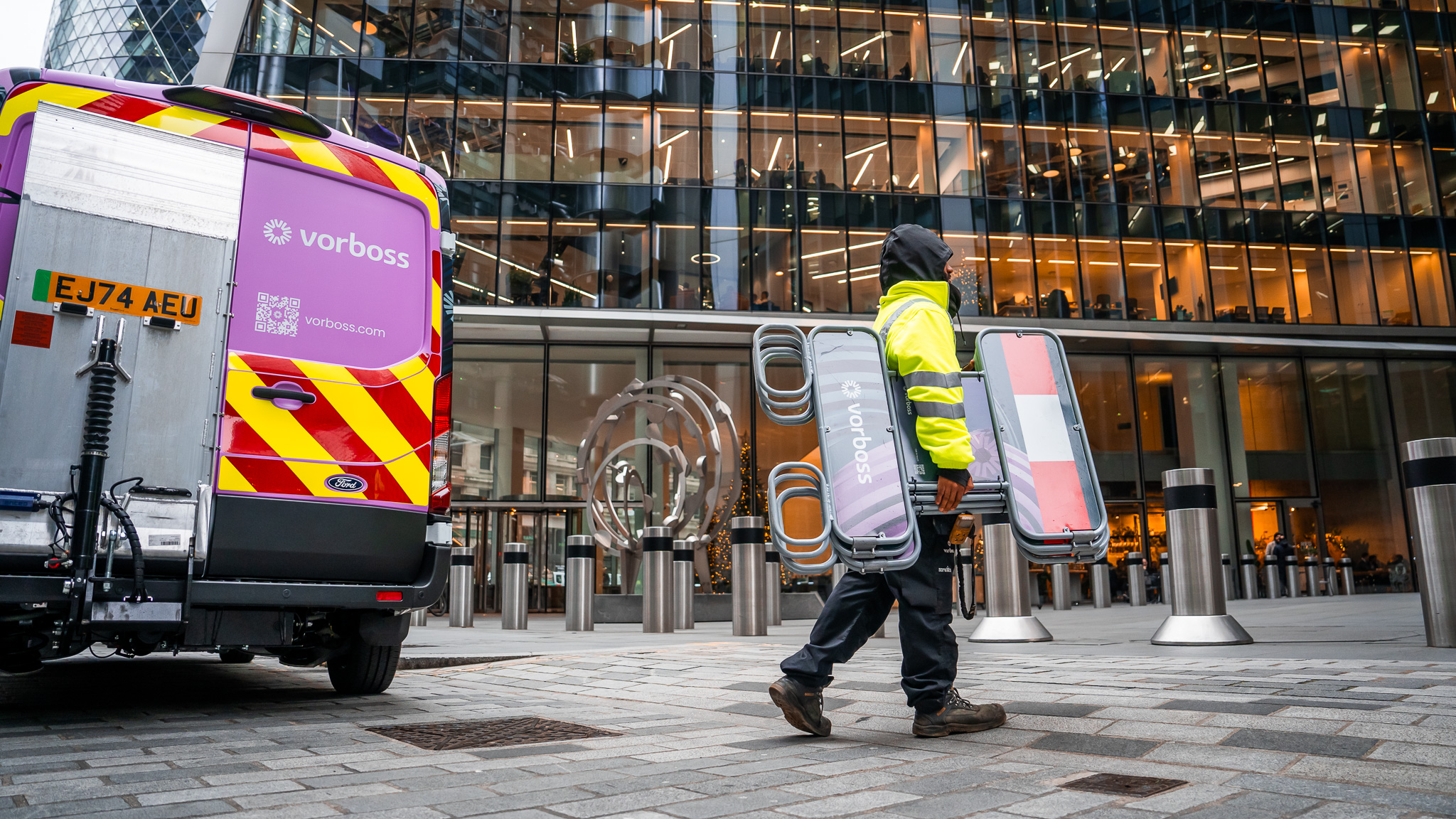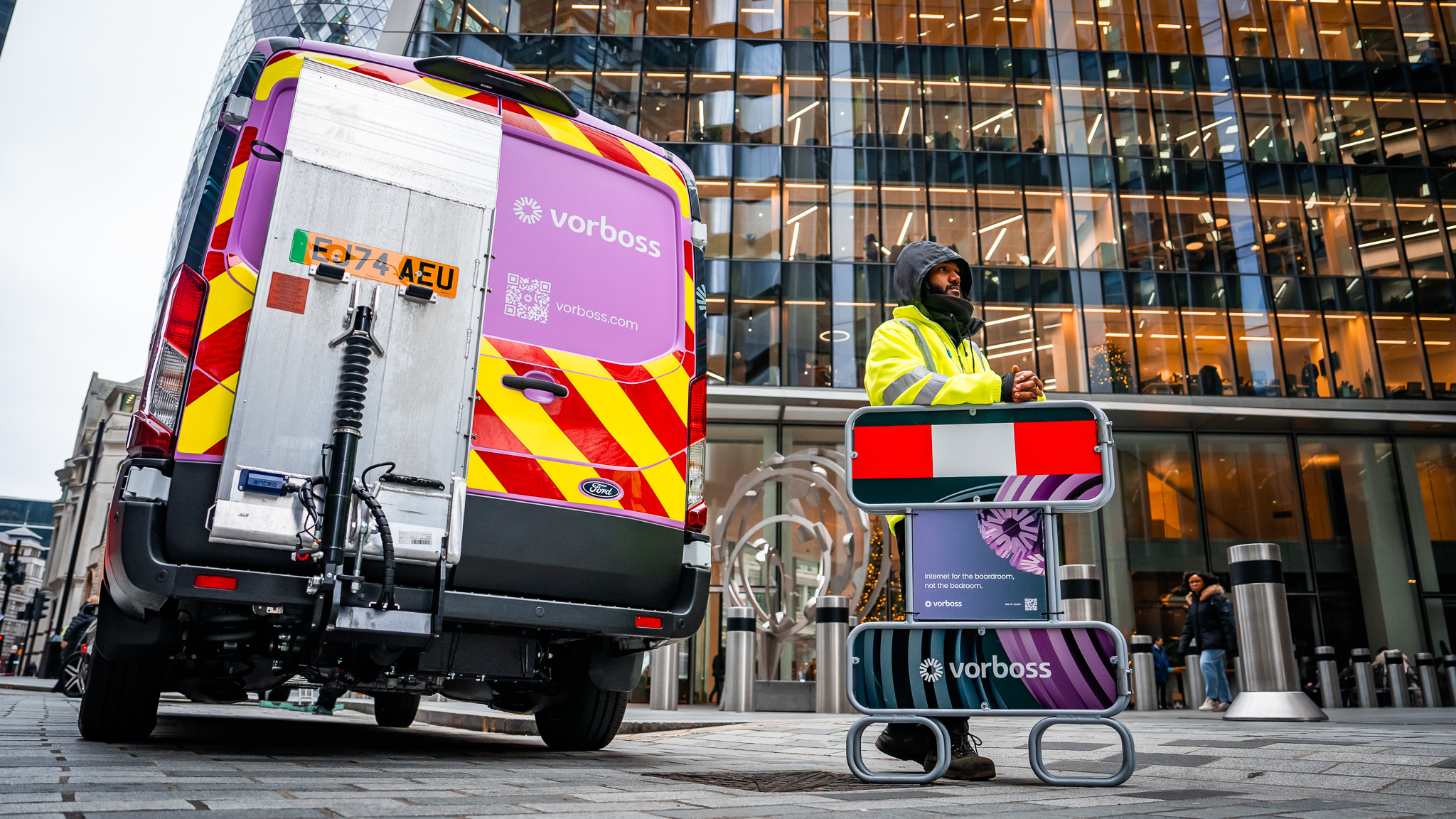Reliability and compensation report: the impact of poor business fibre connectivity
April 24, 2024
|
4
min read

Highlights
The 2024 Reliability and Compensation report puts a value on just how much internet outages cost businesses. Last year, economic productivity in London lost £5.7 billion because of connectivity outages. ISPs should compete on the quality of their networks, to drive performance improvements and better serve the business community.
In today's digital world, unreliable business internet connections are costing businesses and damaging the UK economy.
Our recent Reliability and Compensation Report, authored by Assembly Research, using data from the ONS and a survey conducted by YouGov, revealed that: 51% of UK fixed business connectivity customers experienced an outage in the past year, but 61% of those affected never received compensation.
Your business internet service provider (ISP) should make promises (in the form of a robust and transparent Service Level Agreement (SLA)) about keeping your business connected.
If they won’t make contractual promises, that says a lot about their confidence in their network. Automatic compensation would hold them to account.
The reality of internet outages

Digital connectivity is a cornerstone of business operations, and the economic repercussions of poor connectivity are very real.
19% of businesses with a business internet contract experienced more than three outages in the past year.
Overall, the UK economy lost £17.6 billion due to fixed business connectivity outages in the past year, with London businesses alone losing £5.7 billion.
Even brief outages that might have been tolerated ten years ago significantly impact productivity today. We’re more reliant on connectivity than ever before. And that’s only going to increase.
Tim Creswick, Founder and CEO of Vorboss, says:
“ISPs should all be incentivised to compete on quality – that would force an uplift in network performance, and in turn drive a much-needed economic boost.”
The problem with getting money back
Even though connectivity outages are common, not many businesses receive compensation.
Only 35% of UK fixed business connectivity customers who experienced an outage in the last twelve months received compensation.
Based on a sample of current tariffs, a meagre average of only £7.53 in direct financial compensation would have been available for the average outage time.
Businesses depend on the internet for everything from internal functions, like cloud-based services, to external interactions with suppliers and customers, so it’s critical they can trust their internet to work.
Especially as our demands on internet infrastructure increase.
The power of the SLA

Many businesses are not aware of the promises—if any —that their internet provider has made, or what they should receive if there’s a problem.
23% of UK fixed business connectivity customers were unsure whether their contracts included SLAs, and 21% didn’t know if their contract specified compensation arrangements if certain service quality levels weren’t met.
This makes it hard for them to ask for money back when things go wrong and suggests that there's a significant change is needed in how internet providers talk to their business customers.
When asked why they hadn’t asked for compensation, 44% of UK fixed business connectivity customers believed the claim wasn't worth the time and effort.
34% didn't bother to ask because they didn’t expect to receive any compensation.
Customers should be the priority, and getting automatic compensation when things go wrong is one way to make sure they are treated fairly.
While being compensated for internet outages doesn't fully make up for lost productivity, clear promises and automatic money back when things go wrong are essential to ensure that networks are competing on quality. And they’re essential to enabling businesses to make an informed choice about the provider that’s best for them.
For detailed statistics and insights that can guide your decision-making, read the complete Reliability and Compensation Report.
Tell us about yourself so we can serve you best.
Got a question?
More articles

For many landlords and building managers, the word “wayleave” feels like the responsible route whenever a fibre circuit is being installed on their property. It sounds formal and safe – a neat legal box to tick.
In many cases, however, a wayleave adds unnecessary complexity and delays, frustrates tenants, and can expose landlords to long-term legal risks.
At Vorboss, we’ve connected thousands of office spaces across London without a wayleave, keeping landlords in full control and getting tenants online faster.

What is a wayleave?
A wayleave is a written agreement between a landowner and a telecoms operator. It gives the operator permission to install and keep equipment on private property.
What many people don’t realise is that signing a wayleave also activates “Code rights” under the Electronic Communications Code. These rights go beyond simple permission, they give the operator legal powers to stay on the property indefinitely, access it when needed, and even refuse removal of their equipment in certain situations.
For a typical connection into a commercial building in London, a wayleave can make the fibre installation process slower, more expensive, and limit the landlord’s flexibility long term.
Why a wayleave isn’t required for standard in-building fibre connections
For a standard in-building fibre connection serving a tenant, a wayleave isn’t a legal requirement. Important protections, like building access, fire safety, repairing any damage, and removing equipment, are already covered by the tenant’s lease and usual building rules.
If no wayleave is signed, no Code rights are triggered, meaning the landlord retains full control and the installation exists under a simple, fully revocable licence.
In practice, this gives landlords far more protection and flexibility:
- No legal lock-in – the telecoms operator has no long-term rights to stay or refuse removal.
- Landlords keep full control – equipment can be moved or removed when the building changes.
- Faster fibre installation – no time lost in drafting contracts or solicitor reviews.
- Happier tenants – connections go live quicker; tenants get to move in faster.
By contrast, signing a wayleave and granting Code rights introduces a complex and expensive legal process for any fibre removal or relocation. This can take at least 18 months, plus potential court or tribunal proceedings, making it slower, and far less flexible for the landlord.

Public services across central London are evolving, and the City of London Corporation is leading the way.
Whether you work, live or study in the Square Mile, you’ll soon feel the difference that faster, more dependable connectivity brings.

What is the Future Network Programme?
The City of London Corporation is rolling out the Future Network Programme, a major project to modernise its entire digital infrastructure and bring everything under one unified network.
From offices and schools to iconic green spaces like Hampstead Heath, cultural destinations like the Barbican, and historic markets such as Leadenhall and Old Spitalfields, this upgrade will mean more reliable connectivity across the City’s buildings and public spaces.
It also extends to essential services, including critical sites run by the City of London Police. This enhanced connectivity will support everything from secure communication systems to faster, more resilient networks for emergency operations.
Leading this transformation is Roc Technologies, supported by Juniper Networks and Palo Alto Networks; all powered by the Vorboss fibre network. Together, we’re bringing the City onto a modern digital foundation that’s ready to support its future.
Who the Future Network Programme benefits and how?
The programme is designed for everyone who depends on public services in the Square Mile:
- Students in City-run schools will have fast, reliable connectivity to fully access digital learning tools.
- Public-sector teams will experience smoother hybrid working, better access to online platforms, and more efficient collaboration across locations.
- Residents and visitors will see improvements in public Wi-Fi, digital services, and online access in libraries, community hubs, and other shared spaces.
- The City of London Police will gain a more secure, faster and resilient network that enhances CCTV reliability and enables more effective frontline operations.

.avif)

.avif)

